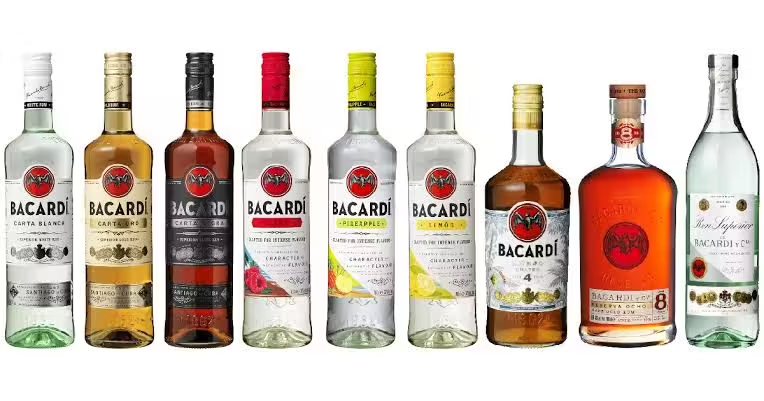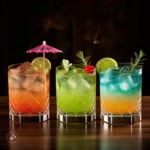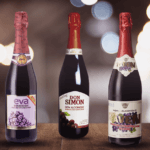
The Secrets of Rum Distillation and Aging
The Secrets of Rum Distillation and Aging
Rum, often associated with tropical islands and pirate lore, is a spirit with a rich history and complex production process. Distillation and aging are crucial stages in creating the distinct flavors and characteristics that define different types of rum. Let’s delve into the secrets behind these processes.
Distillation – Crafting the Spirit
The journey of rum begins with the fermentation of sugarcane byproducts such as molasses or sugarcane juice. This fermented liquid, known as “wash,” undergoes distillation to concentrate the alcohol content and refine the flavors.
1. Pot vs. Column Distillation – Traditionally, rum was distilled using pot stills, which produce a rich, full-bodied spirit with pronounced flavors. These stills allow for more flavor compounds and congeners (organic compounds contributing to flavor) to carry over into the final product. In contrast, column stills, widely used in modern distillation, produce a lighter and cleaner spirit by continuously separating alcohol from impurities.
2. Cutting the Heads and Tails – During distillation, the first and last portions of the distillate, known as the “heads” and “tails,” are typically discarded or redistilled. The “heart” of the run, where the purest and most desirable flavors lie, is carefully collected and used for aging.
Aging: Maturing the Spirit
After distillation, rum enters the aging process, where it develops its color, flavor complexity, and smoothness. Aging is influenced by several key factors:
1. Barrel Selection – The type of barrel used significantly impacts the final product. Bourbon barrels, often made from charred American white oak, are popular choices due to their ability to impart vanilla, caramel, and spice notes. Sherry casks and other wooden barrels also contribute distinct flavors, adding layers of complexity to the rum.
2. Climate and Maturation – Unlike whisky, which matures slowly in cooler climates, rum aging is accelerated in tropical environments. The warm temperatures cause the spirit to interact more intensely with the wood, extracting flavors and speeding up chemical reactions. This rapid maturation can result in younger rums achieving a depth of flavor comparable to older spirits aged in cooler climates.
3. Angel’s Share – During aging, a portion of the rum evaporates through the barrel’s wood pores, a phenomenon known as the “angel’s share.” This process concentrates the remaining liquid, intensifying its flavors and increasing its viscosity.
Styles of Rum
The distillation and aging processes give rise to various styles of rum:
1. White or Silver Rum – Typically unaged or aged briefly, these rums are light-bodied with a crisp flavor profile, often used in cocktails.
2. Golden or Amber Rum – Aged in barrels for a short period, these rums develop a golden hue and richer flavors, including hints of caramel and spices.
3. Dark or Aged Rum – Aged for an extended period in charred barrels, these rums exhibit deeper, more complex flavors with notes of oak, molasses, and dried fruits.
4. Spiced Rum – Infused with spices such as cinnamon, clove, or vanilla after aging, spiced rums offer a flavorful twist on traditional varieties.
The Art of Blending
Blending is a crucial step in rum production, where master blenders combine rums of different ages and styles to achieve a balanced and distinctive flavor profile. This process requires expertise and meticulous tasting to ensure consistency and quality in each batch of rum produced.
The secrets of rum distillation and aging unveil a meticulous process where craftsmanship, climate, and barrel selection converge to create a diverse array of flavors and styles. Whether enjoyed neat, on the rocks, or in a cocktail, rum continues to captivate enthusiasts with its rich history and complex character. Understanding these processes enhances appreciation for the artistry and tradition behind this beloved spirit.












